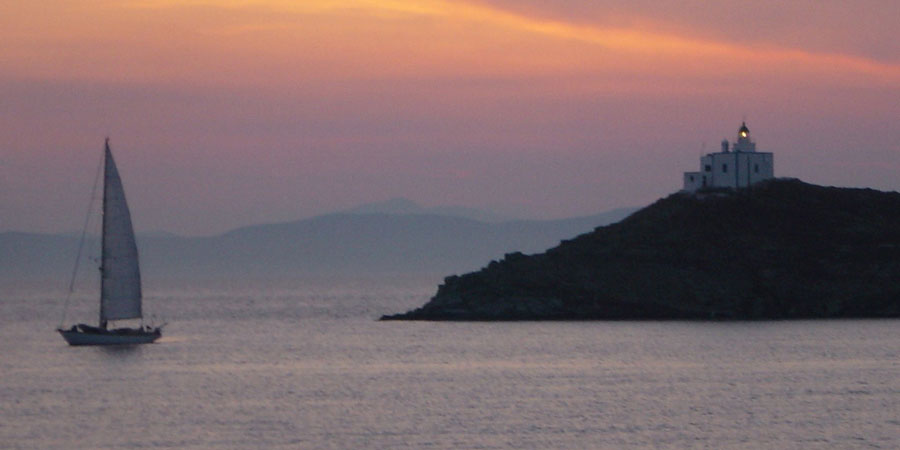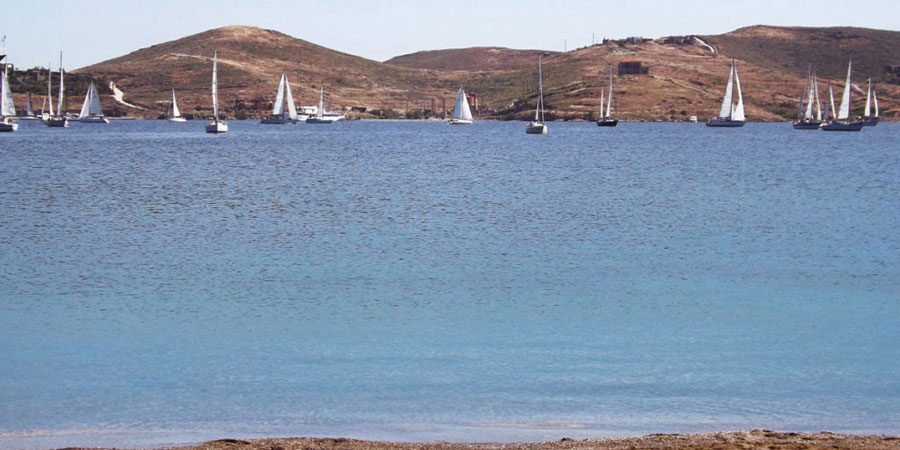Kea (Tzia)

Due to its proximity to Attica, Kéa (also called “Tzia”) is an easily accessible beauty with a scenery variety: steep mountains, small fields, olive groves, vineyards, valleys, picturesque coves, exciting hiking trails and off-the-beaten-track beaches. On the island with the largest oak forest in the Cyclades bird-watching is a real delight. For those who are into geology, there are plenty of small caves (like in Kálamos and in Áyios Timótheos). 36 km long cobbled trails will lead you to the four city-states of the ancient times: Ioulis, Karthaia, Koressia, Poiessa).
Situated in the centre of the island, at the site of the ancient city-state by the same name, the capital of Kéa (or Tziá), Ioulis, is a very picturesque town with ceramic-tile roofed houses, cobbled streets, arched passages, steps and squares.
In the area of Cavo Doro there are also many more or less ancient shipwrecks. It is believed that the Greek ships were wrecked here on the way back from Troy. As technology has advanced, the passage is now safer and became a challenge for people who enjoy sailing; in a way, passing by Cavo Doro is considered to be an extra badge of skill for sailors.
In Kea’s waters lies the wreck of the Britannic, sister ship to the Titanic, a favourite destination for diving enthusiasts.
Events
In July, the Tale Festival is held: fabulists from all over the world come here to enchant children and grown-ups with their stories. Cultural events including theatrical shows, concerts and sports events are the attraction between August 1-19 in July.
Source: visitgreece
| Country | Greece |
|---|




